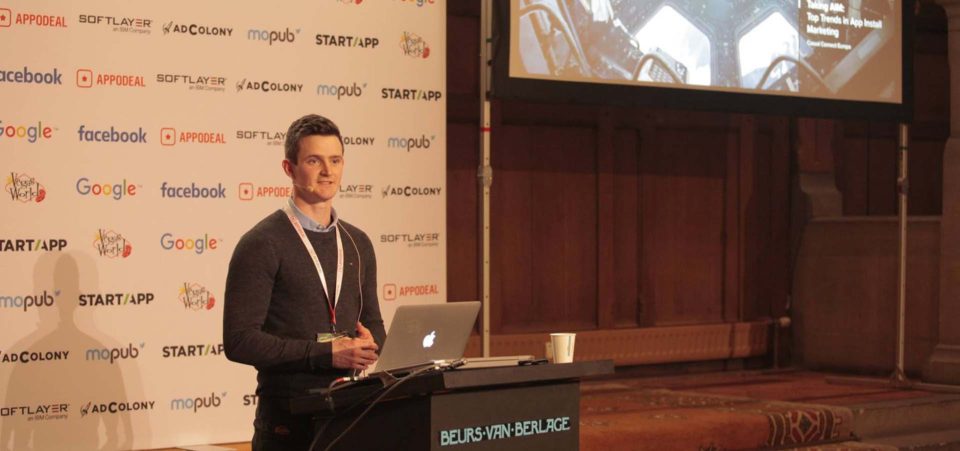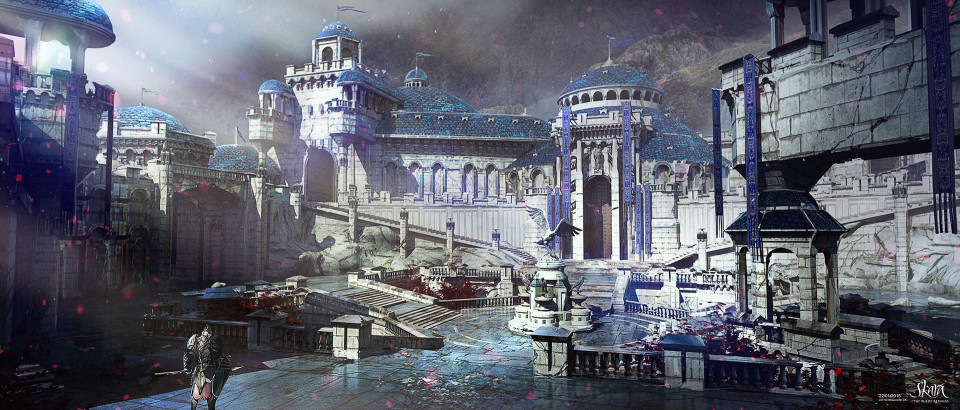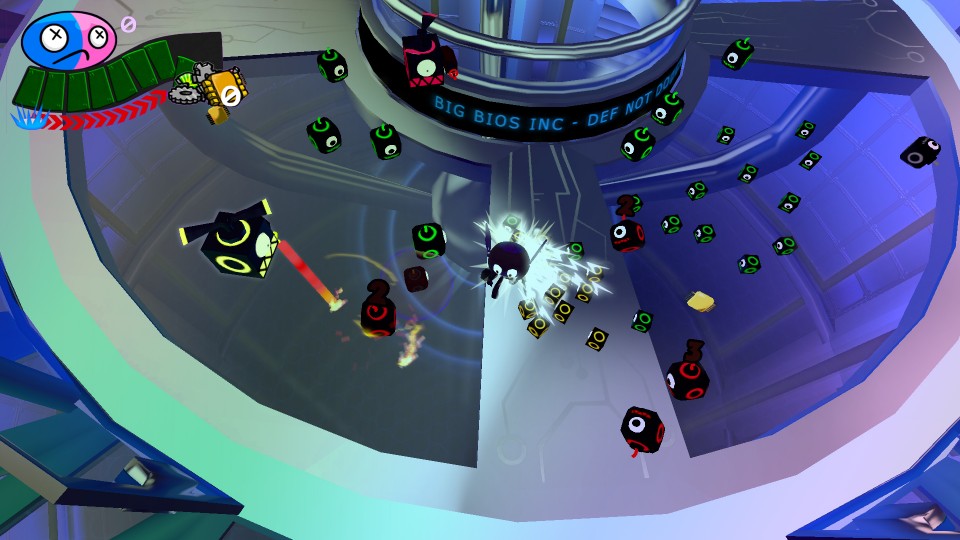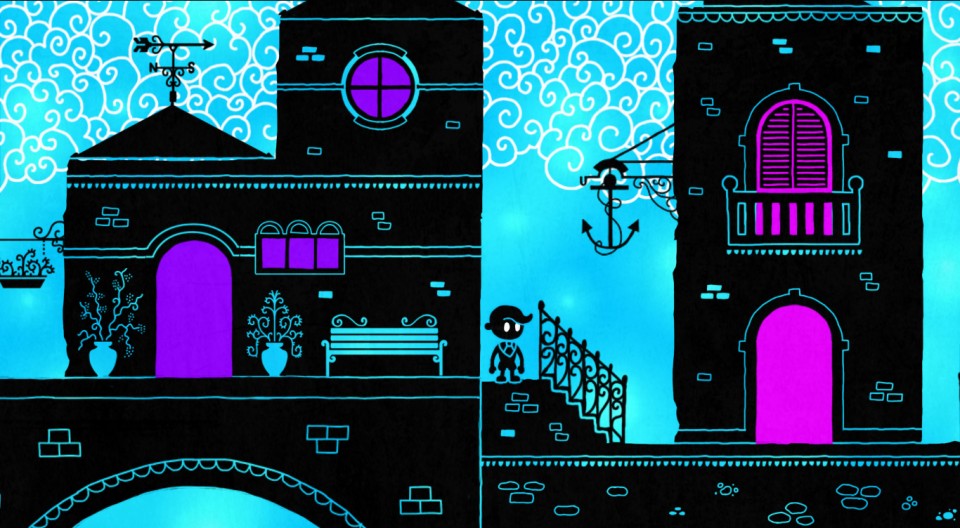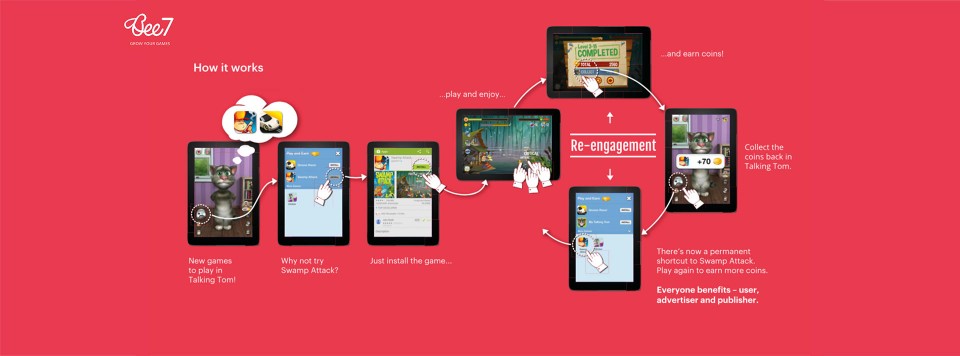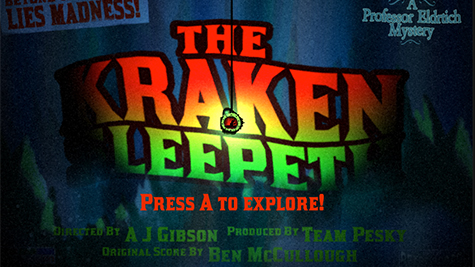With millions of apps vying for installs, how are the top earning publishers growing and acquiring high quality users at scale? Learn from Paul West, Head of Performance for Adcolony, what is working for the top 100 apps as well as what is not. One of the insights that Paul shared from the latest App Install Survey: “There are 2M advertisers on Facebook and so game publishers are looking for new channels like video”. Tune in below to the exclusive video from the Casual Connect Europe conference to learn more about what you can do to grow your business.
main
ContributionsDevelopmentGame DevelopmentIndieOnlinePostmortem
Regency Solitaire: A Game To Go Back In Time
Grey Alien Games has been making premium downloadable PC and Mac games since 2005. This British game studio has brought casual game hits including Regency Solitaire, Spooky Bonus, Fairway Solitaire (2007 PC/Mac version) and Unwell Mel to life.
The theme for Regency Solitaire came to writer and researcher Helen Carmichael while she was watching Downton Abbey in 2013. She had recently moved back to Bridport, Dorset from Canada with husband Jake Birkett, and the couple were keen to revisit their favourite historical locations in the UK.
ContributionsDevelopmentGame DevelopmentIndieOnlinePostmortem
Skara, The Blade Remains: From a Professor’s Sketch
Skara, The Blade Remains is a versus-style multiplayer hack’n’slash with the soul of an RPG. Developed by a small team of 12 crazy indie developers in the UK and Spain using Unreal Engine, Skara is set on a post-cataclysmic fantasy world where only the strong can survive. Teams and individuals of up to 16 will battle it out for supremacy in Skara’s full game mode, becoming the protagonists of an unfolding story.
Until then, players can play quick versus fights, longer free-for-all brawls and six-person Team Deathmatches in dangerous environments.
ContributionsDevelopmentGame DevelopmentIndieOnline
MagNets: A Game By A Family Indie Team
Total Monkery started in the back bedroom of a terraced house towards the end of 2012 by industry veteran coder, Richard Weeks. Richard had worked on every console from the CD32 and Playstation, to the Xbox 360 and Kinect, but had never made a game for himself.
So he roped in his girlfriend, her daughter, and her daughter’s boyfriend, and together they started a company. It was a good thing that the initial team were related or in relationships as the ‘office’ really was a small room. As Richard was the only one with industry experience, they spent the first year developing systems and training everyone up. At the end of 2013, and with the support of a Creative England grant, they were ready to embark on their first project: MagNets. Total Monkery’s managing director Andrea Chandler shares the story.
ContributionsDevelopmentGame DevelopmentIndieOnlinePostmortem
Hue: an experienced team and showcasing your creation as a way to success
Fiddlesticks was formed in late-2014 by Dan Da Rocha and Henry Hoffman. Da Rocha previously worked on the award-winning indie game Q.U.B.E, whilst Hoffman worked on the BAFTA-winning Windows Phone game Mush. After this Da Rocha and Hoffman tagged up to form Mudvark and create Mortar Melon, which has had over a million downloads to date. Now under a new banner, Fiddlesticks, the duo is working on multi-award winning game, Hue.
USA 2015Video Coverage
John Rankin and Bee7’s Rewarded Re-Engagement Solution | Casual Connect Video
At the recent Casual Connect USA 2015 conference, the Managing Director at Bee7 Limited, John Rankin put user behavior under a microscope, revealing vital insights for developers to help boost retention, re-engagement and monetization in F2P games. Drawing on insight from Bee7’s global network of 250 million MAU, John explored user-led discovery, rewarding game behaviour and interaction as a more effective approaches to monetization, engagement and retention.
ContributionsDevelopmentGame DevelopmentIndieOnlinePostmortem
Kraken Sleepeth: When Development Stages Inspire Each Other
Team Pesky is a British game studio based in York, founded by Andy Gibson in 2012. Their first game Little Acorns was picked up by Chillingo for iOS, then got featured by Apple and went on to hit Windows Phone, Xbox Indie, Sony Vita and Xperia, and Nintendo 3DS. A few years ago, Andy came up with an idea of Kraken Sleepeth - something he wanted to play as much as to make. He shares the story of creation of his second game, where the player submerges into the deep seas to discover the awful forgotten secret. As he goes deeper, the lights go down, and he has to fight evil creatures on the way to the final discovery…
Community Creation Before Release
This whole idea started because I wanted to create something with a core mechanic of torch-lit shooting, a feeling of exploration in a period setting, and Hammer House of Horror aesthetic. A tester described it as “Jules Verne meets Lunar Lander,” which feels about right.
The success of Little Acorns allowed me this chance to make a small, polished, original game – very much the mantra of Team Pesky. I wanted to experiment with a game that could be quite short in length but very replayable and extensible with updated versions. I also wanted to try building a community before release, engaging with players and exploiting the successful elements of the game. By showing Kraken Sleepeth at conferences like Casual Connect and IGF, at local game stores, and to friends and colleagues, I’m constantly testing the game for that elusive ‘just one more go’ factor.
Tools like TestFlight and Dropbox and sites like Kongregate allow quick and easy focus testing. After the alpha, I’ll be using third party QA, and all these elements improve not just stability, but the overall experience for the player. I’d like to actually start a public forum to seed clues and hints for the game, building the myths around the games central premise with hooks into the game itself.
Development with the simplest prototype started around August last year. The procedural level creation came together quickly. I added the torch light slowly depleting, but as soon as I made enemies suck the battery power with their touch, I felt like the ‘heart’ of the game was beating. Kraken Sleepeth was a little more than core controls, a few key features and art direction, but showing it around publishers, other developers and studios brought positive initial reactions, and I felt encouraged to make the game. The most common reaction was “I love the atmosphere!” followed by “the controls feel really good”, and then the inevitable “…but it’s way too hard!”.
Separating the First Flush of Excitement from Evaluating Risks and Work Amounts
That initial excitement and drive needs to carry everyone involved through to release. But it’s a natural part of the creative process to trim, rationalize, iterate, test theories, and have random ideas in the middle of the night. Taking a reductive approach results in a leaner, more focused experience.
So if an idea doesn’t work out, it is removed. For instance, I had ideas about the Professor’s sanity being shown in some kind of meter, camera cuts and pans, and lots of left-field stuff. None of these were ‘bad’ ideas per se. In fact, I still have them noted in my version 2.0 list. The current result is very much in line with the original direction, but the feature set developed as the project went on. Rationalizing my initial ‘brain dump’ of ideas has never been a strength, but I’ve learned to separate that first flush of excitement from the second step of evaluating features in terms of risk and work. The aim is to balance wild creativity with getting a project finished whilst fulfilling its potential. This is where agile independent developers can run rings around larger studios. This is where I want Team Pesky to be, chasing that line, making original games quickly and efficiently. That’s our best chance of commercial success to support making more games. The intention is to continue that approach to develop future versions through a more open-ended process.
Do Not Undervalue Sound
The best games are that perfect mix of interaction, mechanic, and theme – all working together in the moment. Audio is often undervalued and I always placeholder music and sound from day one. Beyond contextual information, they add so much to the ‘vibe’.
Having worked with Ben McCullough previously, I contacted him to ask if he’d be interested in coming on board with Kraken Sleepeth. His music brings such a ‘movie feel’ to the game that I can’t imagine Kraken Sleepeth without it. We used three levels of tension: an initial exploring theme which escalates to the main theme, and then a third section for level climaxes. The themes vary over the game and really add a lot of flavor as the player progresses.
Every Aspect Inspires Another
While coding, I can get an idea about music, so I quickly note it down without following the distraction. Working on particle effects inspired a new enemy behavior, as it reminded me of pictures of plankton. The association made me think of a predator darting out of rocks.
Every idea gets noted, then later I go back and rationalize them, consider how much work is involved, where the risks are, then pick the quick wins and the things I’ll get the most return from. In this way, music can influence animation phrasing, platform budgets push new ways to visual fidelity, enemy designs inspire sound effects. Every aspect of the game supports another.
Remember the Data
While working in another studio, I watched a focus group test where a designer screamed “You’re not supposed to play it like that!” as he watched the frustrated players.
Focus groups can provide useful insights: do players know where the fun is? What are they reacting to? When do they stop playing and, critically, why? But only metrics give you the thousand of bits of raw data to capture patterns and trends. We built in analytics pre-beta, and they provide critical data for planning subsequent versions. The amount of analytics we get pre-launch is not enough to make specific changes, but post-launch, they influence balancing, etc. in subsequent releases.
Also, showing and sharing regular builds keeps the momentum going. These sessions can be done remotely, but it’s best to do it in person. Recording each play-through should be done and all criticism is welcome. Suggestions are considered in the context of the game direction. If the player particularly enjoys one aspect, we need to fully exploit that. For example, the game is essentially a shooter, and players enjoy the narrow passages and route choices, so I built more of these sections. They give the game a change of pace and an additional challenge. One passing comment from a player led to an addition of a small ‘servant’ that appears later in the game. For relatively little work, the little chap adds a lot of appeal!
Missions According to Players’ Preference
At its heart, Kraken Sleepeth is a twin-stick shooter, so, if the shooting is not fun, the game has failed. One of the biggest challenges of making the game has been fighting the urge to end the game on a climax. Instead, I wanted to encourage a sense of exploration, which may contradicts the central shooter theme. The game polls how the player is progressing and players picking ‘kill monster’ missions have a higher chance of seeing more of those.
Similarly, a player finishing more ‘collect these’ missions gets more of those. There’s always a choice, but I’d hope the game reacting will ultimately increase players’ enjoyment. I guess I’m asking players to have a little faith and trust they’ll be rewarded down the line.
Indie games: From Experiments to Polished and Rewarding Experiences
Making indie games should be experimental, while the aim should be releasing a polished, rewarding experience with the tease of something more. We’re taking risks developing and releasing Kraken Sleepeth, but an indie developer needs to take risks. Then it becomes a journey, shared between Professor Eldritch, the player, and the developer. And if players are enjoying the ride, Team Pesky will have succeeded.
If the game absolutely bombs, I will still have learned lessons and hopefully get to make another independent project. I’m already designing another Little Acorns game, but don’t expect a simple sequel with just a few more levels. Taking risks keeps it fun. And fun is king.
Kraken Sleepeth will be available for Windows 8 in August 2014, supported by Microsoft and Creative England.

